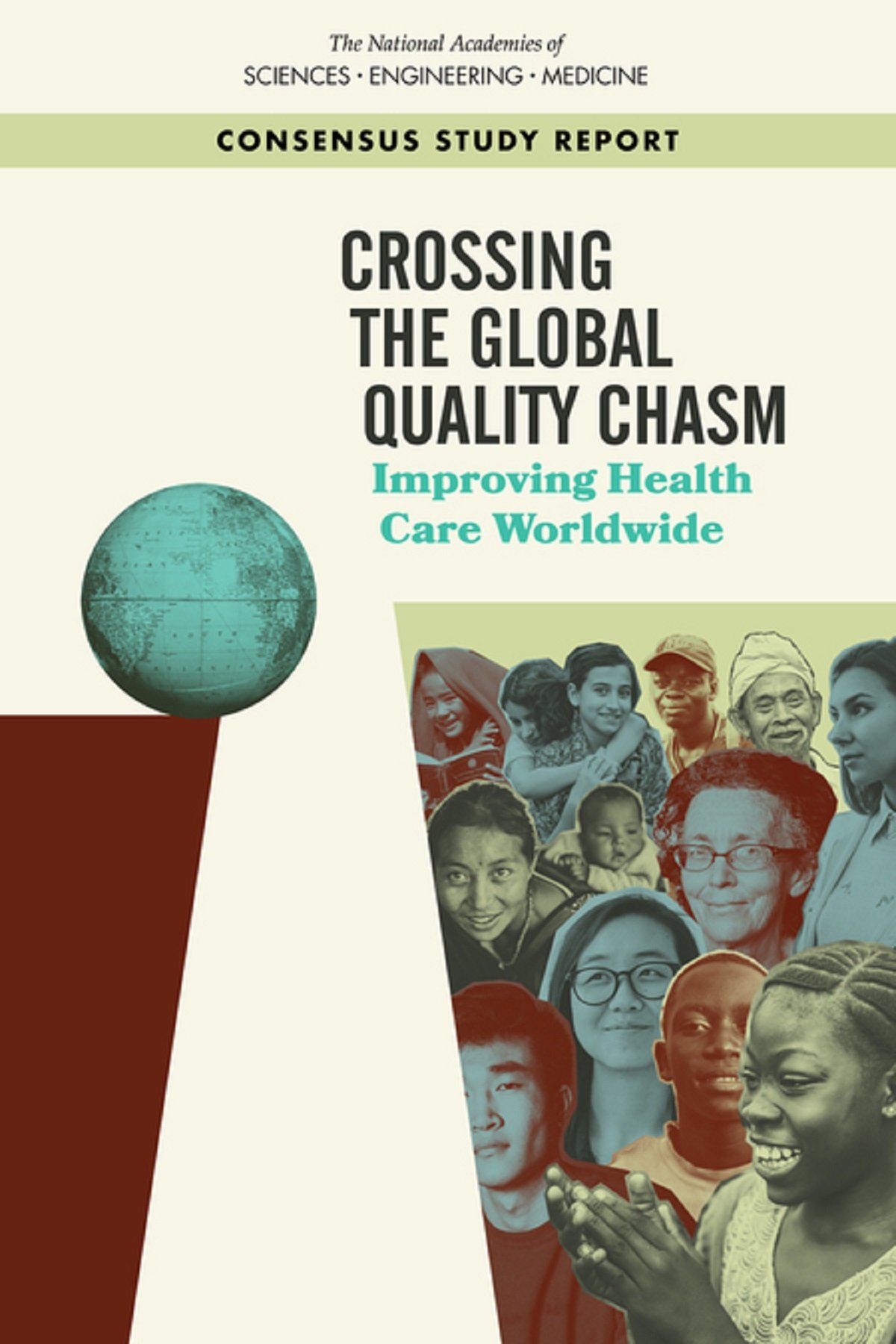
Close

Improving Health Care Worldwide – Lessons From the 2018 Report
Updated: August 2025
In August 2018, the National Academies of Sciences, Engineering, and Medicine released a landmark report: Crossing the Global Quality Chasm: Improving Health Care Worldwide.
The report highlights a truth we can no longer ignore: poor-quality health care kills. It denies communities the benefits of effective care, wastes scarce resources, and undermines trust in health systems. And while the gaps are most visible in low- and middle-income countries (LMICs), the reality is that no country—whether the United States, the UK, or elsewhere—is immune to the consequences of poor quality.
In LMICs alone, 134 million adverse events occur in hospitals every year, leading to 2.5 million deaths annually.
In high-income countries, the picture is not much better. One study found that evidence-based treatment for conditions like asthma, chest pain, diarrhea, and tuberculosis was delivered only 25–50% of the time.
Overuse is as damaging as underuse. In the U.S., an estimated 30% of antibiotic prescriptions are unnecessary, fueling antimicrobial resistance and exposing patients to needless risks.
The chasm is not about access alone—it’s about quality. Even when patients reach a health facility, what they receive often falls short of safe, effective, and patient-centered care.
The report made clear recommendations:
Quality must become the daily work of leaders. Ministers of health, system managers, and hospital directors must all take responsibility for improvement.
Transparency, accountability, and co-design with patients should guide strategies and clinical care delivery.
Systems thinking is essential: look at every level—environment, organization, frontline care, and the patient—and understand how they interact.
Measure what matters. Patient outcomes, population health, and equity indicators must be captured, reported, and used to drive change.
Implementation is everything. Countries moving toward Universal Health Coverage (UHC) should purchase services only from facilities delivering high-quality care.
Embrace digital health. Future systems must integrate emerging technologies to anticipate patient needs, deliver care beyond hospitals, and improve experiences for patients and families.
Engage informal care providers. In many countries, people turn to unregulated informal sectors. Governments must integrate these providers into national strategies to improve quality.
Prioritize extreme settings. Refugee camps, conflict zones, and failed states present urgent quality challenges. Research and rapid interventions are needed to reduce preventable deaths and wasted resources.
Build learning health systems. True progress requires a culture of continual learning, feedback, and bold goals for improvement. Without this, the pace of change will remain far too slow.
Seven years later, the message is more relevant than ever. Health systems worldwide still face the dual challenge of expanding access while ensuring quality. COVID-19 exposed weaknesses in even the most advanced systems, reminding us that without quality, access alone is meaningless.
Crossing the global quality chasm is not about one country or one policy—it’s a global movement. A movement that demands investment, leadership, accountability, and above all, partnership with patients and communities.
Healthcare leaders, policymakers, and providers must ask:
Are we truly measuring what matters to patients?
Are we investing in systems that learn and adapt, or ones that repeat the same mistakes?
How do we bridge the gap between access and quality, especially in low-resource and crisis settings?

Do you think the greatest barrier to improving healthcare quality globally is funding, leadership, or culture?
I’d love to hear your thoughts in the comments.

National Academies of Sciences . Engineering . Medicine
Crossing the Global Quality Chasm, Improving Health Care Worldwide, Consensus Study Report, Aug 2018
http://www.national-academies.org